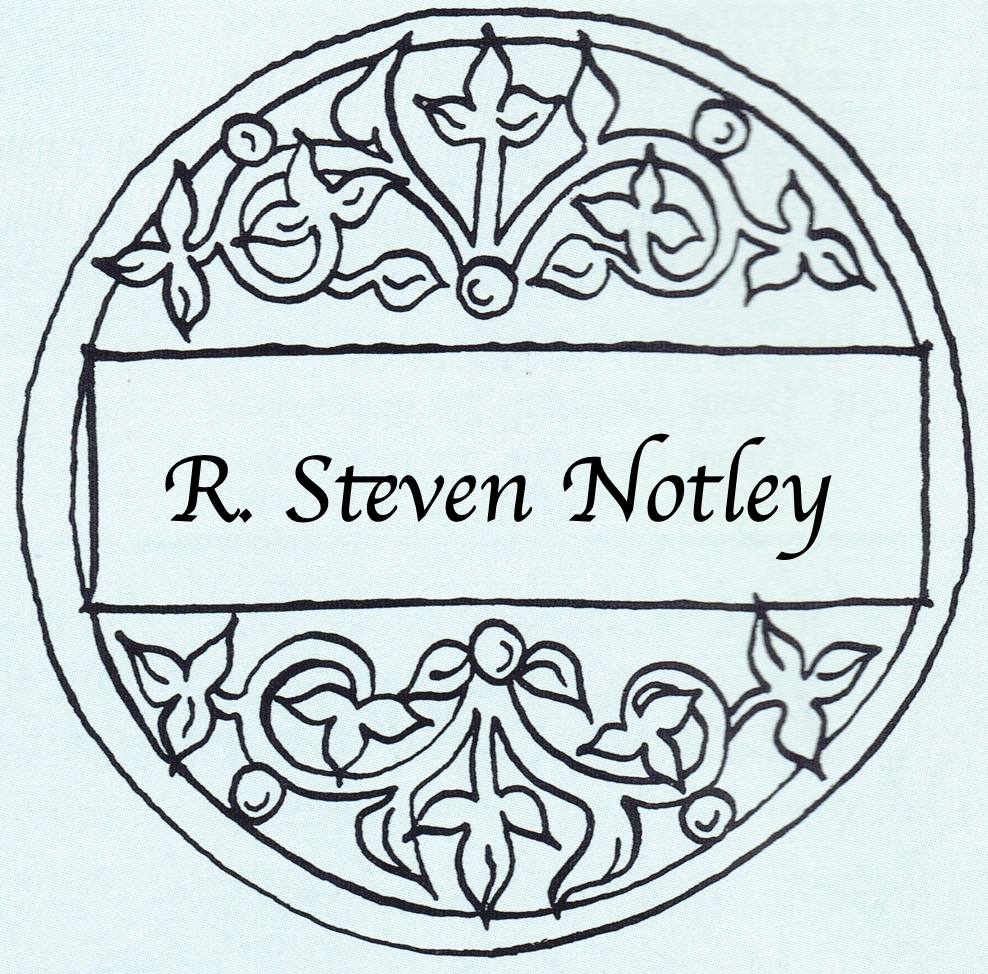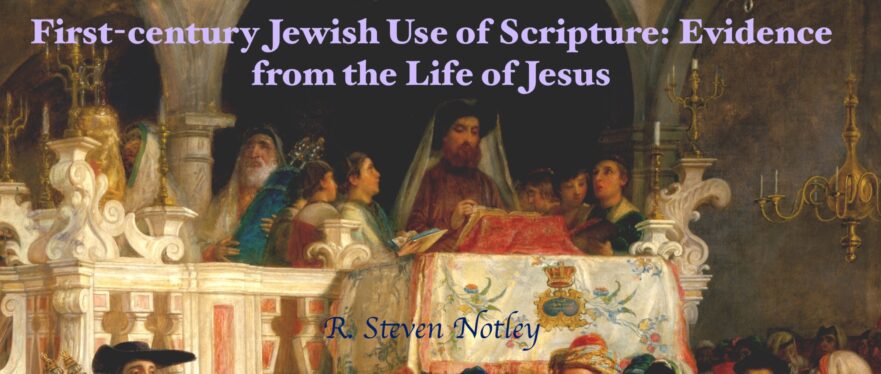How to cite this article: R. Steven Notley, “First-century Jewish Use of Scripture: Evidence from the Life of Jesus,” Jerusalem Perspective (2004) [https://www.jerusalemperspective.com/4309/].

Through the window of a single New Testament episode we can gain insight into how Jesus and his Jewish contemporaries employed sacred texts with creative ingenuity to grapple with the complex issues of their day.
A great deal has been written about the importance of Jewish sources for our understanding of Jesus and the Early Church. Unfortunately, there remains a lack of corresponding recognition regarding the contribution of the New Testament to our knowledge of Jewish life and thought during the closing days of the Second Commonwealth. The New Testament serves as an invaluable historical witness, because it often is our earliest written record.
Premium Members and Friends of JP must be signed in to view this content.
If you are not a Premium Member or Friend, please consider registering. Prices start at $5/month if paid annually, with other options for monthly and quarterly and more: Sign Up For Premium
- [1] See Shmuel Safrai, "Naming John the Baptist," Jerusalem Perspective 20 (May 1989): 1-2. ↩
- [2] Grotius, Hugo, Annotationes in Novum Testamentum. 9 Volumes (reprint; Groningen: W. Zuidema, 1826-1834), 3:225. ↩
- [3] Shmuel Safrai, "Synagogue and Sabbath," Jerusalem Perspective 23 (Nov./Dec. 1989): 8-10. ↩
- [4] See David Bivin, "One Torah Reader, Not Seven!" Jerusalem Perspective 52 (Jul.-Sept. 1997): 16-17. ↩
- [5] Joseph Fitzmyer, The Gospel According to Luke. The Anchor Bible. 2 Volumes (New York: Doubleday, 1985), 1:530-539. ↩
- [6] Fitzmyer, Luke, 1:533. ↩
- [7] Randall Buth, "Aramaic Targumim: Qumran," Dictionary of New Testament Background (eds. Craig A. Evans and Stanley E. Porter; Downers Grove, Ill.: IVP, 2000), 91-93. ↩
- [8] See Steven D. Fraade, "Rabbinic Views on the Practice of Targum, and Multilingualism in the Jewish Galilee of the Third-Sixth Centuries," in The Galilee in Late Antiquity (ed. L. I. Levine; New York: Jewish Theological Seminary, 1992), 253-286. ↩
- [9] David Flusser, Jesus (Jerusalem: Magnes, 1997, 1998, 2001), 258-275. ↩
- [10] Joachim Jeremias, New Testament Theology (London: SCM Press, 1987), 206-207. ↩
- [11] David Flusser, "A New Sensitivity in Judaism and the Christian Message," in Judaism and the Origins of Christianity (Jerusalem: Magnes, 1988), 480. ↩
- [12] Flusser, “Sensitivity,” 482. ↩




Comments 1
THANK YOU….this makes the hullabaloo in Nazareth make sooo much more sense! (teaching on Luke 4 this weekend and will try to communicate your excellent research!)